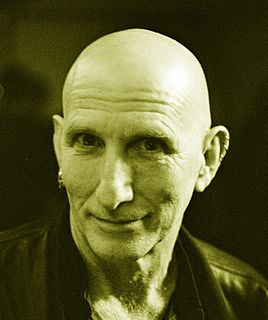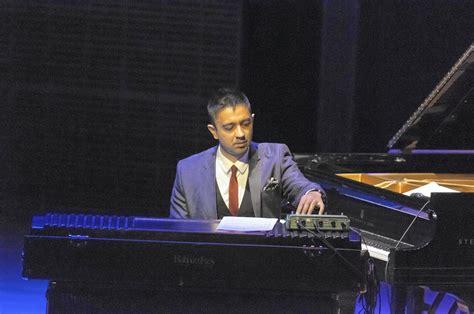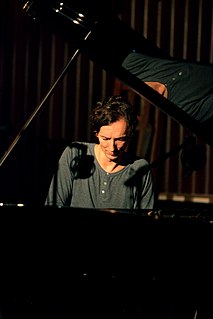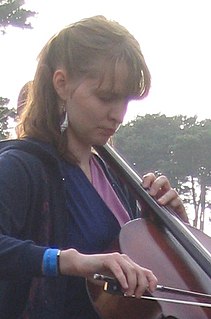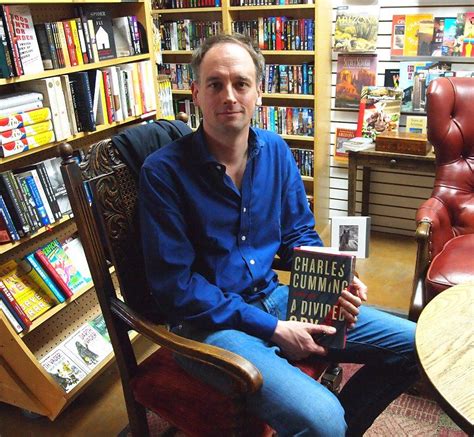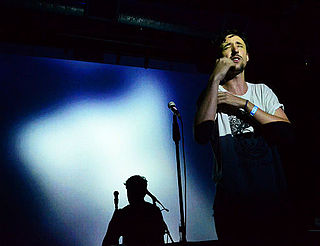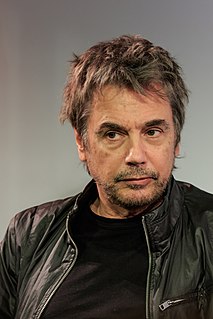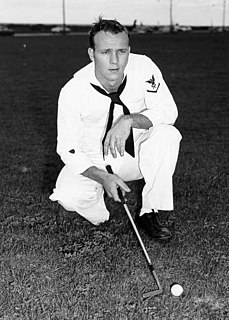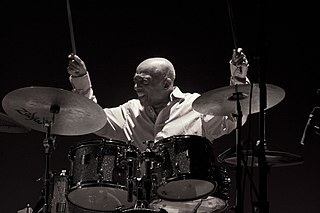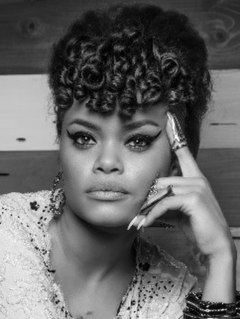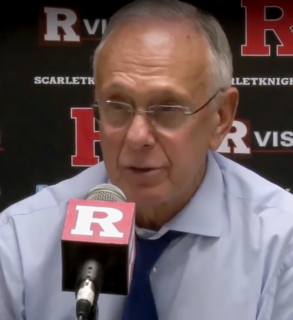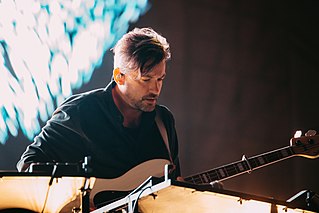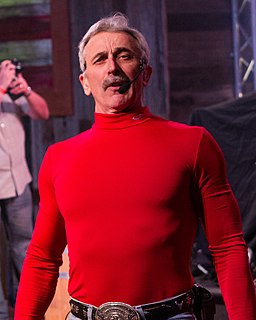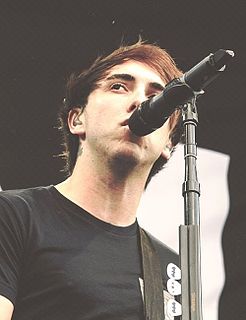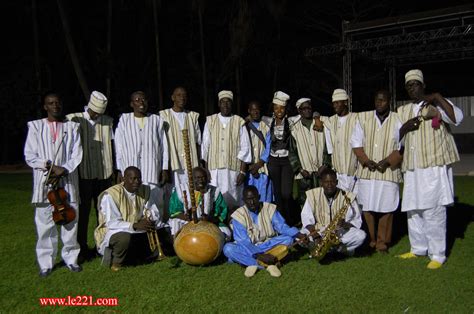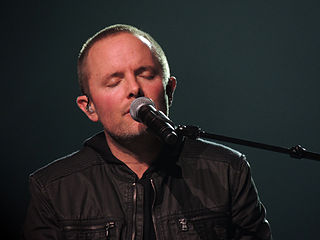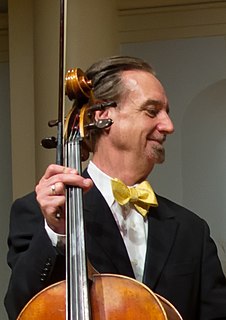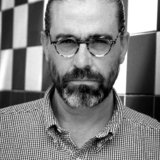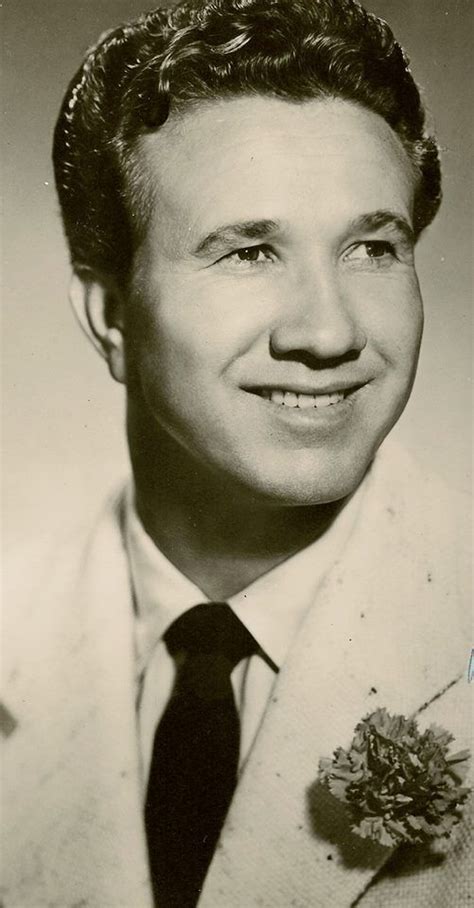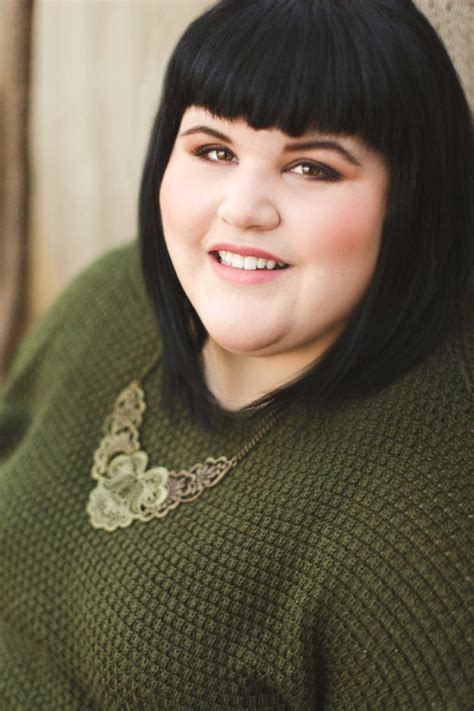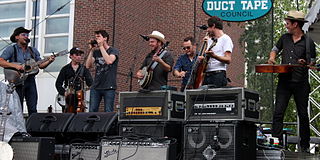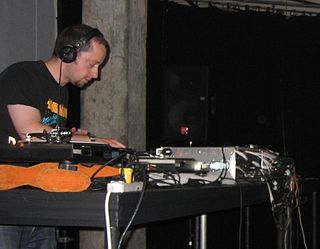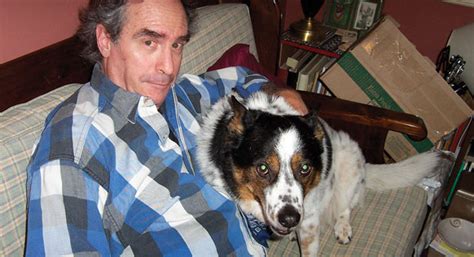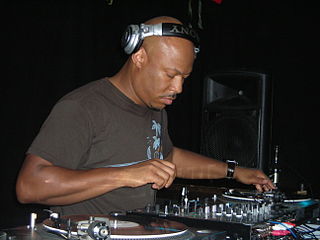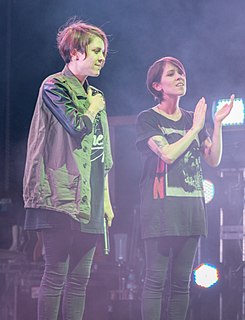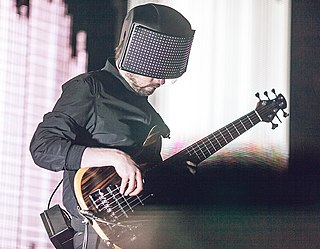A Quote by Z'EV
A lot of the people that I play with are electronic-based, so there isn't a direct physical analogue between what they're doing and the sound you're hearing.
Related Quotes
St. John of the Cross points out that the divine music can best be heard in solitude and silence. The sonorous music is not a physical sound that vibrates the eardrum but something transcending the senses. Physical solitude and silence remove the distracting noises that prevent us from hearing on deeper levels.
I've noticed the sound of the golf ball being hit by the golf club is different, and much more realistic, with the hearing aids. The sound with the hearing aids makes sense, and better represents what I know is happening to the golf ball. So you could say that the hearing aids help give me confidence regarding my golf game.
There was a lot that was tricky about playing with [Thelonious Monk]. It's a musical language where there's really no lyrics. It's something you feel and you're hearing. It's like an ongoing conversation. You really had to listen to this guy. Cause he could play the strangest tempos, and they could be very in-between tempos on some of those compositions. You really had to listen to his arrangements and the way he would play them. On his solos, you'd really have to listen good in there. You'd have to concentrate on what you were doing as well.
